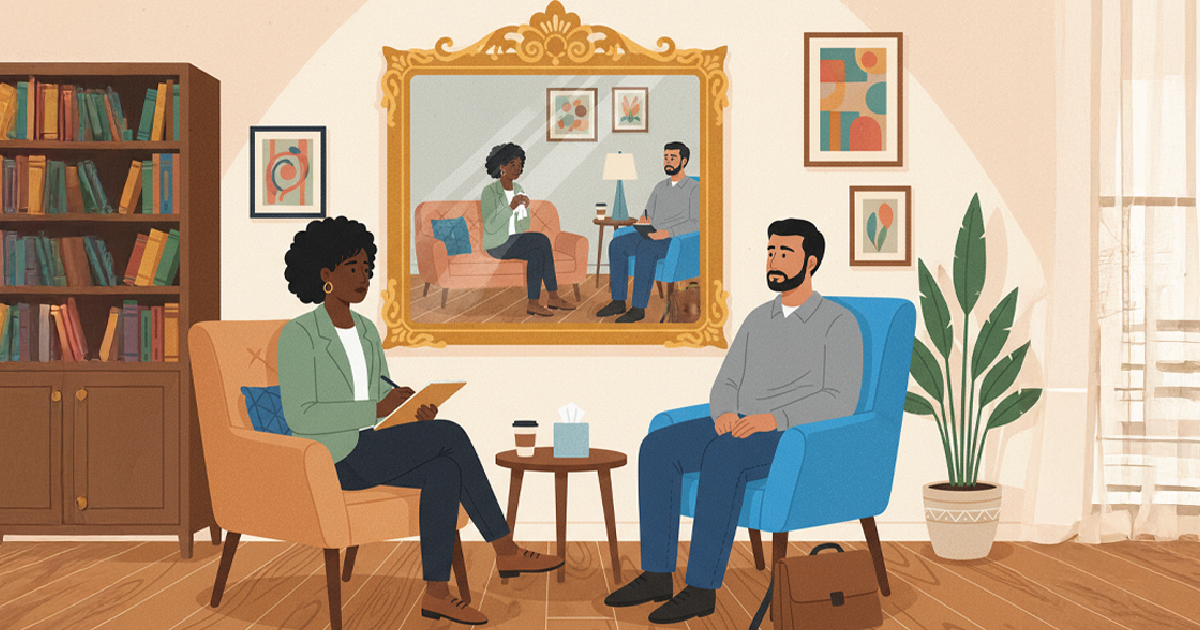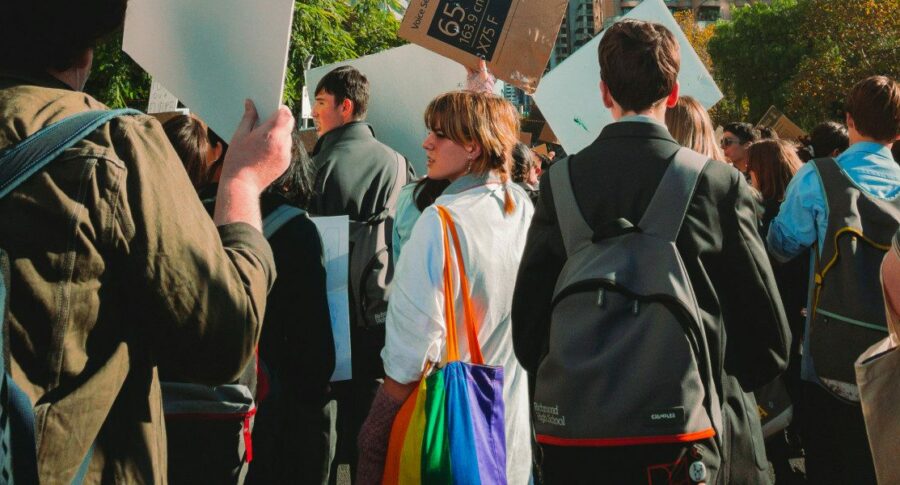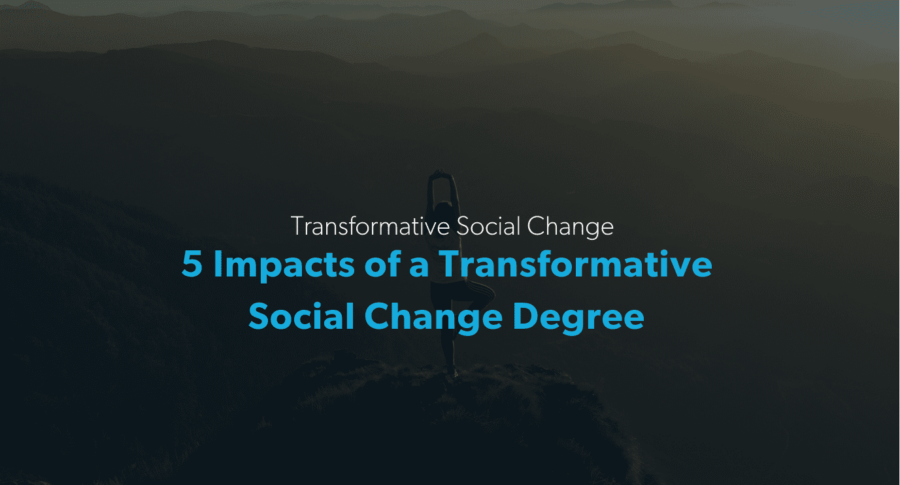We have all heard the tale of Sisyphus—forced by Zeus to push a boulder up a hill for all eternity. Whenever he would seem to make progress, it would roll back down. He was forever tortured, never making any substantial progress or seeing the fruits of his labor fulfilled.
The systemic inequities and racism that surround us can seem a lot like this torturous process—especially with the continual rise of police violence against Black men. In 2019, police in the United States fatally shot 1,099 people. So far in 2020, 1,021 people have been killed. By comparison, in 2019, 36 fatalities were reported in Canada; 21 in Australia; and three in the United Kingdom. Even when adjusting for population size, the United States’ numbers are far higher. Many would agree that this is more than what is acceptable for a first-world democracy, but more bothersome still is the fact that a Black man is twice as likely to be shot than a white male by police.
The problem is not new, but like Sisyphus, the progress put in place has not stopped the violent treatment against, and murders of, members of minority groups.
Ginger Charles, Ph.D., Saybrook alumna and former police officer explains. “There is no one size fits all approach to fix these problems—some departments need complete dismantling, while some need moderate education and reform,” she says. “Nothing will be successful, however, until we break down the language. A student of policing needs to learn the history—it is a systemic racist organization, but we can change it. Defenses automatically arise individually with, ‘That’s not me. I’m not racist—just one bad cop,’ and systemic racism doesn’t mean that you are racist, just that you are part of an organization with a racist history. But until you acknowledge you are a part of it, we can’t change it.”
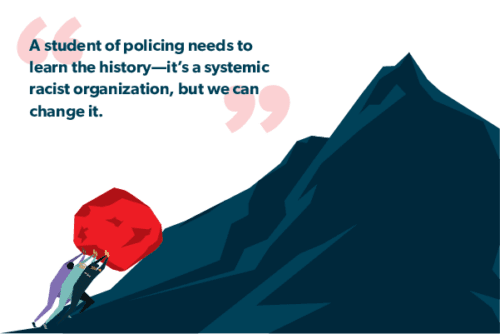
Dr. Charles traces the history of policing—from Jim Crow to slave patrols—arguing that until law enforcement can acknowledge and become educated about historical implications of this type of racism, it is difficult to move out of these systems. “It permeates the culture, and then that culture—unless it’s addressed—never changes. So it’s never been addressed because people will not acknowledge it to this day.”
“When you look at the fact that we have oversight committees with doctors, massage therapists, hairdressers—where we have these boards they have to pass, where there are complaints that can be filed—why are we not doing more of that for law enforcement?” Dr. Charles asks. “This is a career where you are authorized to take somebody’s life, yet we don’t do that.”
It is no surprise then that many leaders and activists are ready to try something different, a new way to push the boulder up the hill—completely reforming the process to be less violent and more community based. Calls to defund and dismantle police departments have become the rallying cry for many, and some communities—like Minneapolis—have moved forward with these steps.

Dismantling the defunding controversy
Minneapolis’ City Council, after years of accusations of improper and racist policing—brought to light nationally with George Floyd’s murder—recently voted to dismantle its police force and replace it with a department of community safety and violence prevention to better address issues that police officers have traditionally dealt with. To begin, the new charter seeks to change the large financial support the police department receives. The city is looking to cut $200 million from the police’s $1.3 billion overall annual budget.
“The definition of defunding the police is controversial in and of itself. We are not looking to take away the police but reallocate resources to help them and others better address the public health challenges we currently and have historically faced,” says Marianne Jankowski, DHSc., department chair of the Division of Health Services at The Chicago School.
Working with other professional fields is not a new concept—but it has recently received a renewed sense of urgency.
“Mental health professionals and social workers have always collaborated with one another in a multidisciplinary team setting, tackling different problems and issues that communities face,” says Trent Nguyen, Ph.D., chair of the Department of Integrative Social Work at Saybrook University. “With this cooperation and collaboration between the two, different perspectives and skills are utilized to examine the root causes of the phenomenon, for the betterment of society in the long term.”
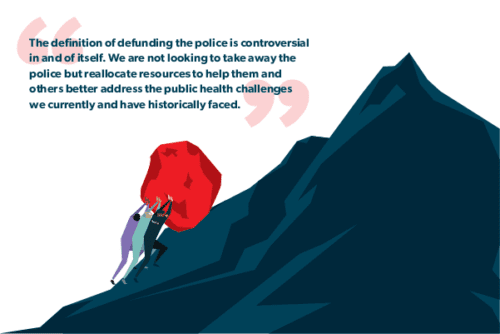
Addressing problems within the law enforcement community is not an overnight project with a simple, one-off answer. Additionally, some of the driving forces behind finding a new, innovative way to address issues that law enforcement officers often encounter will have to include public health officials, mental health practitioners, and social workers. It requires community support and collaboration from a variety of sectors—which inevitably requires funding.
“The defunding of police departments would increase funding support for a variety of experienced community-based nonprofit organizations that offer trained mental health professionals, community safety advocates, gang intervention specialists, case management, and other resources to address the various disparities impacting underserved communities,” says Mary Starks, Ph.D., MSW, program director of the Bachelor of Social Work program at Pacific Oaks College.
“I think that with the collaboration of community organizers and activists, community members, social workers, and public policy makers, we will better equip our police officers and our communities with the care needed. We cannot work in silos while addressing the needs of the community, whether it is responding to a crime or to someone’s mental health issues,” Dr. Starks continues.

Call 911
When someone hears about defunding the police, their first question might be: But who will come when I call? What about the times when society does need the protection of police officers?
“Extremists take the term ‘defunding’ and run with it to create panic for their own personal gain, making people think we are getting rid of law enforcement. Common sense should tell you that will not happen. No one system is isolated serving only its immediate role,” Dr. Jankowski says. “Public health, with law enforcement as a part of that larger group, is a collaborative approach to ensure our safety and security as well as addressing both health and social issues as identified in a given time. It will take the forces of many health care practitioners and law enforcement officers to unite and fight for solutions for the greater good.”
The next iteration of collaborative community care could involve social workers and public health officials to streamline prevention and early detection of issues, along with funding programs—like free mental health resources, after-school care, and skills training—that offer vulnerable populations ways to care for themselves.
Dr. Charles explains that in her research with communities of color, she asked a direct question of citizens: How would you want to be policed?
The answer? From a distance.
“In white neighborhoods, seeing police officers around, citizens feel safe and protected. But in Black neighborhoods, the opposite is true. The prevalence of patrols makes them feel less safe, which historically makes sense. Time and again, members of those communities asked, ‘Can you teach me to manage my neighborhood?’ but that’s not a quick hashtag,” Dr. Charles says.
In her conversations, citizens expressed that they wanted to learn how to manage their own community issues, to care for their own—without an outside force with a history of disproportionate violence against their community. “If you think about it from their perspective, if you’ve got somebody hovering over you, just on top of you, and an authoritarian state looking for something to go wrong or somebody to do something wrong, then that’s scary,” Dr. Charles says.
A new way of doing things could offer these vulnerable communities the tools they need to finally feel capable of protecting and policing themselves, without being scared of those doing the policing.

Enter social work and public health practitioners
The two professional fields of social work and public health have gained particular attention in discussions about reforming law enforcement systems.
Dr. Nguyen explains how social workers are especially equipped to deal with the complex problems that exist at many levels.
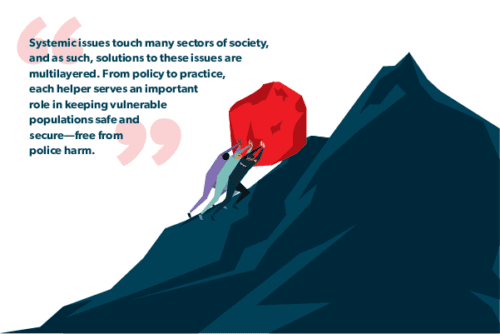
“Social workers can be seen as ‘jacks of all trades,’ meaning that we can work at the micro, mezzo, and macro levels,” he says. “This is a societal issue, and things have to take place at a macro level in order for real change to occur. When macro issues are resolved at the grand level, communities tend to experience the phenomenon less at the mezzo and micro levels. Social workers are trained to be crisis workers, therapists, advocates, social policy analysts, etc., so that they can utilize their skill sets to combat this societal phenomenon at all levels in society.”
Systemic issues touch many sectors of society, and as such, solutions to these issues are multilayered. From policy to practice, each helper serves an important role in keeping vulnerable populations safe and secure—free from police harm. Social workers and mental health practitioners work in schools, health care facilities, prevention programs, and places of employment that allow them to be some of the best public health advocates because they understand the issues from a human perspective. And other public health professionals are well-versed in understanding how to craft and implement policy on a broader scale to help address the various challenges our society faces.
“As a public health practitioner, it is important to advocate for access to equitable care as well as prevention and education programs through policy to support public mental health initiatives. Social workers also need to be advocates of policy,” Dr. Jankowski says. “Vulnerable populations should be allocated specific resources to minimize their vulnerability, but many see this as quite costly. However, as a public health and health care practitioner for many years, I can say that utilizing evidence-based approaches to policy development and ensuring the sustainability of the policy for the greater good of all populations should be first and foremost. After all, is there a price on human life?”

While a one-size-fits-all approach may not work to solve a centuries-long systemic issue that pervades the law enforcement arena, Dr. Charles agrees that focusing on the human aspect of all parties involved is a good place to start. “We have got to recognize in policing that these are human beings we’re dealing with, and we’re human beings. It may sound corny, but really when you think about it, we are in service of a community. Period. That’s why you have the badge. Somebody hands that to you from the community. You’re not militarized. You’re not a part of an army. And as bad as things get, your job is to go out there and try and educate and encourage people to be lawful and caring for one another.”

Learn more about Saybrook University
If you are interested in learning more about the community and academic programs at Saybrook University, fill out the form below to request more information. You can also apply today through our application portal.
Find Out More
Recent Posts

